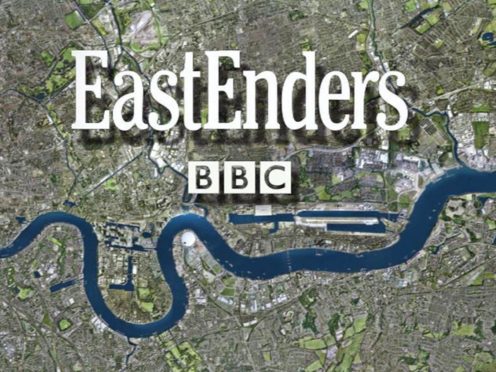EastEnders star Adam Woodyatt has revealed the pitfalls of filming with Perspex screens.
The BBC One soap is returning, after lockdown forced it to go into hiatus, thanks to the use of screens, body doubles and CGI to film moments of “intimacy”.
Woodyatt, 52 – who plays Walford’s Ian Beale – said it was not all plain sailing.
“Some days it works really well. Other times, it’s been a pain,” he told Radio Times magazine.
We're. Coming. Back.#EastEnders returns. 7th September. @BBCOne. pic.twitter.com/Mgq4QSA17O
— BBC EastEnders (@bbceastenders) August 28, 2020
“If rain gets on the Perspex, you can’t shoot through it and you can only wipe it dry with a certain type of cloth. And when we’re inside, we’re getting reflections.
“Until everything gets back to normal, if it ever does, this is the way we have to do things.
“But it’s honestly taking forever. I could fall asleep between takes.”
Letitia Dean – Albert Square’s Sharon Watts – said: “You can’t move for that two-metre stick and sanitiser!
“Filming with the screens took some getting used to, but we’ve been using them now for two months, so it’s becoming second nature.

“And I don’t mind the slower pace. If it means we can keep making television, then that’s great.”
The soap, which is back on September 7, also brought in the real-life partners of the cast to shoot kissing scenes.
Executive producer Jon Sen said he wanted EastEnders to return with “all the kissing and fighting that they expect to see”.
He was asked about returning with a Talking Heads-style monologue during lockdown, a format adopted by radio soap The Archers.
“People were saying to me, ‘Can’t we do a Jean Slater monologue in her kitchen?’
“But I didn’t want to compromise on our storytelling and bring EastEnders back in a less ambitious form,” he said.
“We’ve shown that, with ingenuity and ambition, you can achieve far more than you ever thought you could.”
And he added: “People like to pick holes in EastEnders when it’s on, but once it goes missing from the schedule, fans feel a sense of vacuum and also that need to see contemporary stories being told on a regular basis.
“Continuing drama that reflects the cultural landscape is really important.”
The full interview is in Radio Times magazine, out now.
